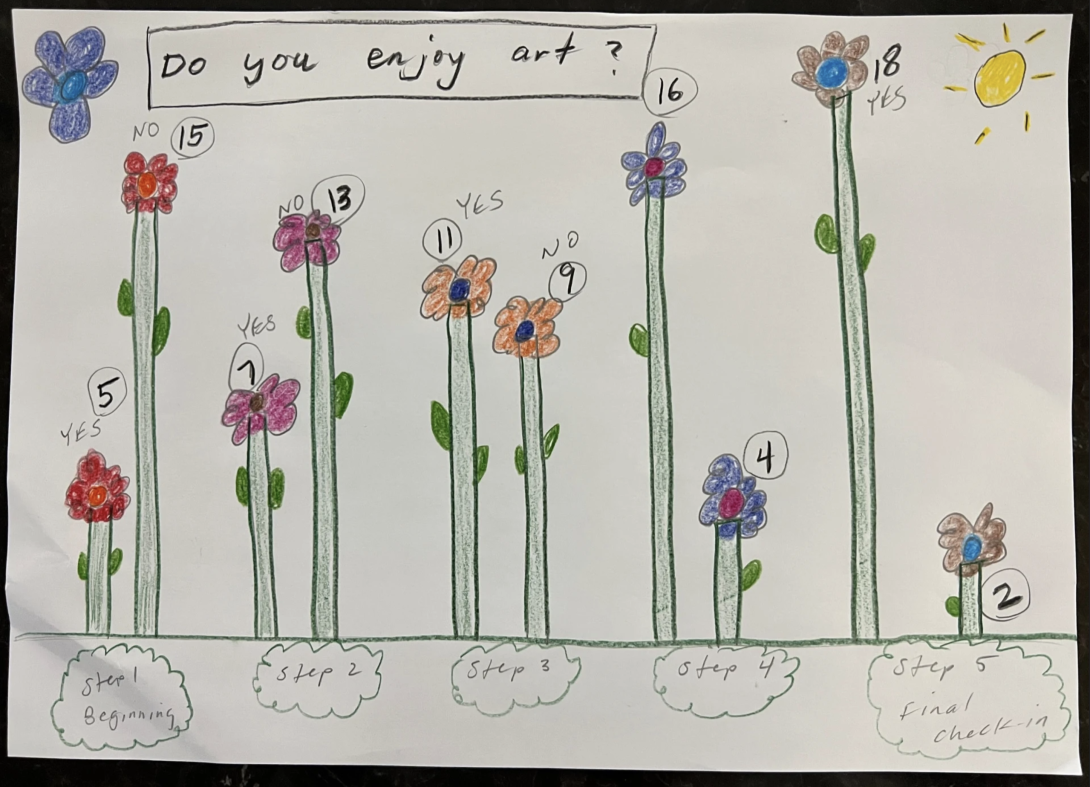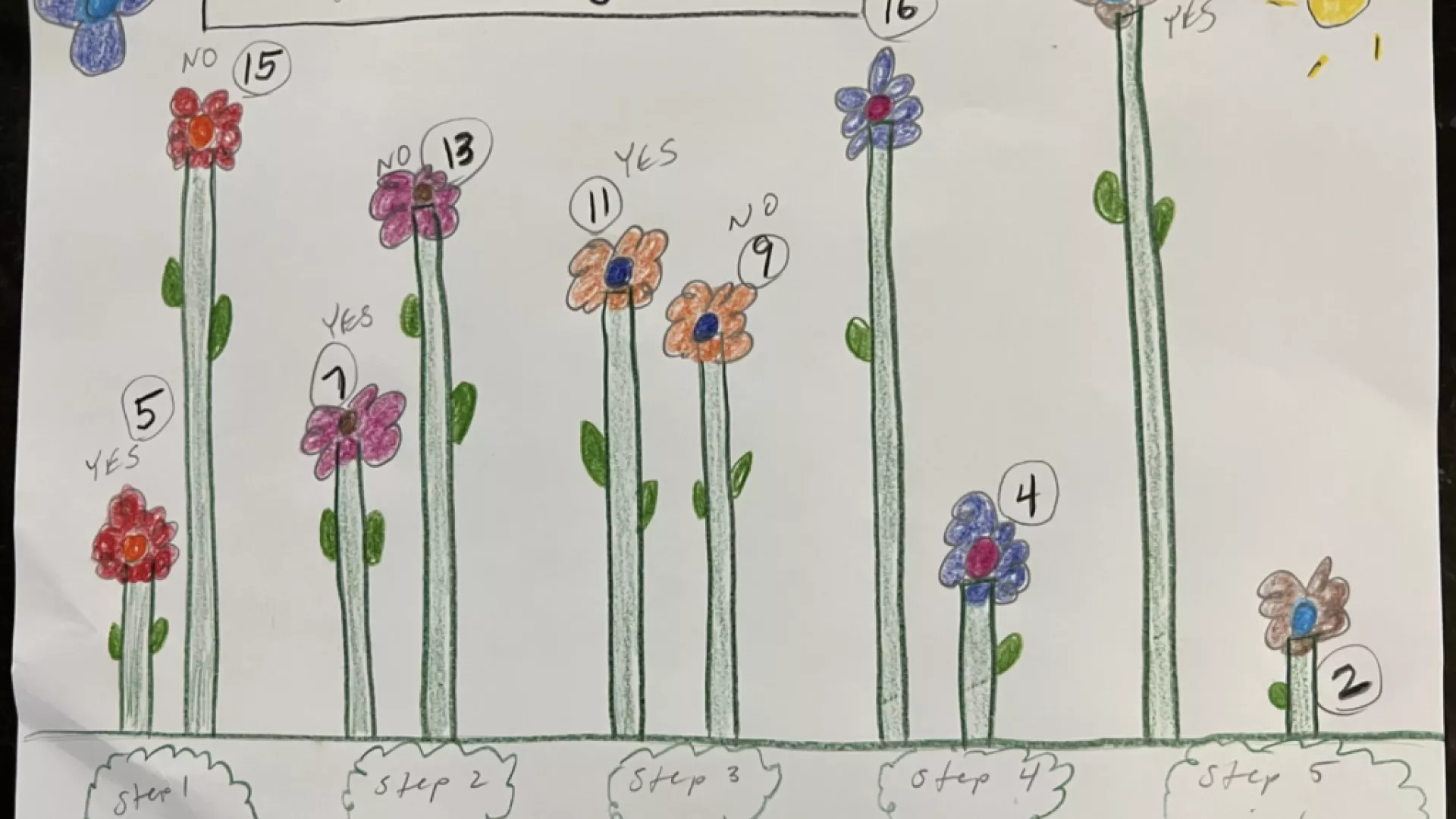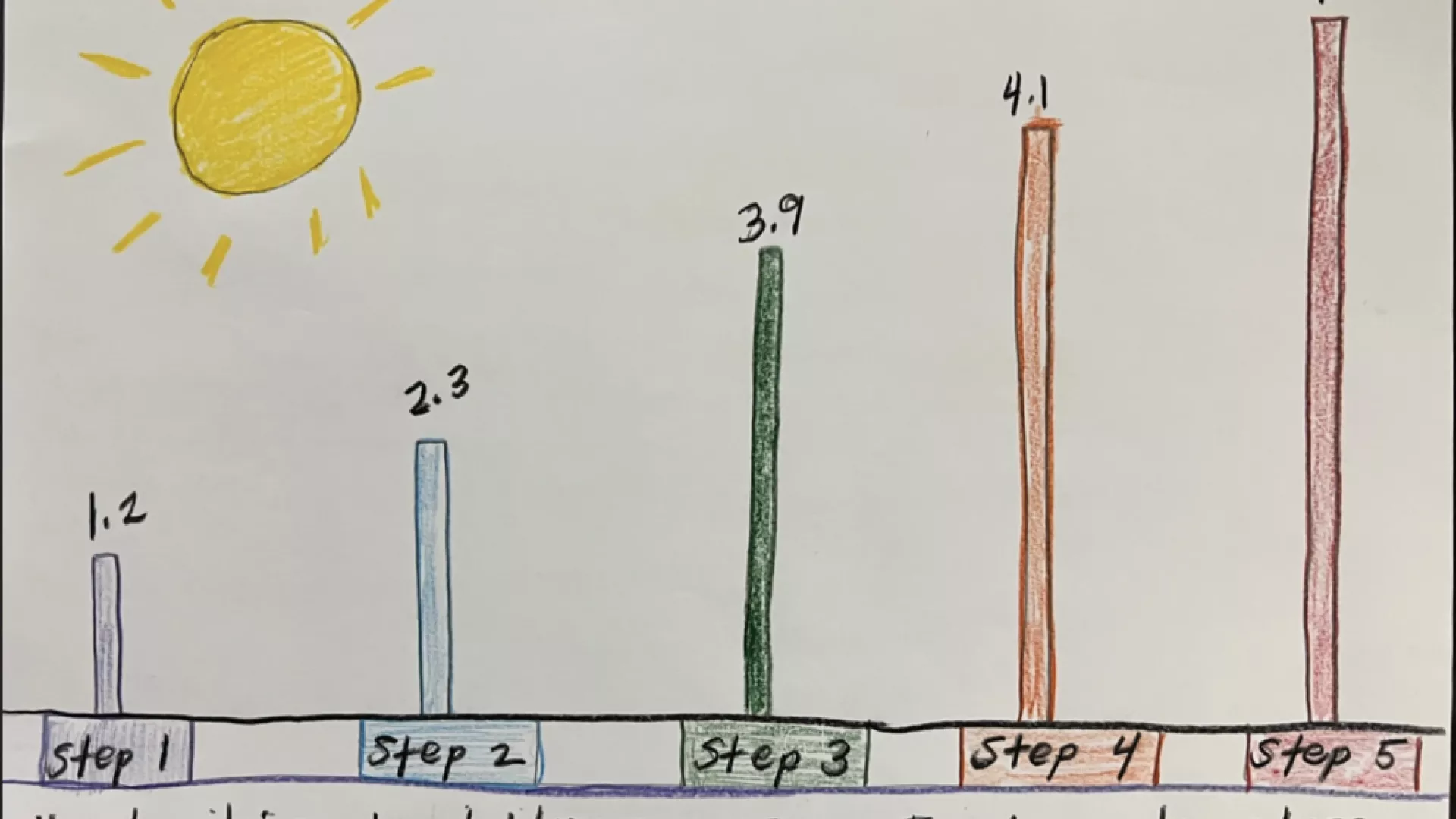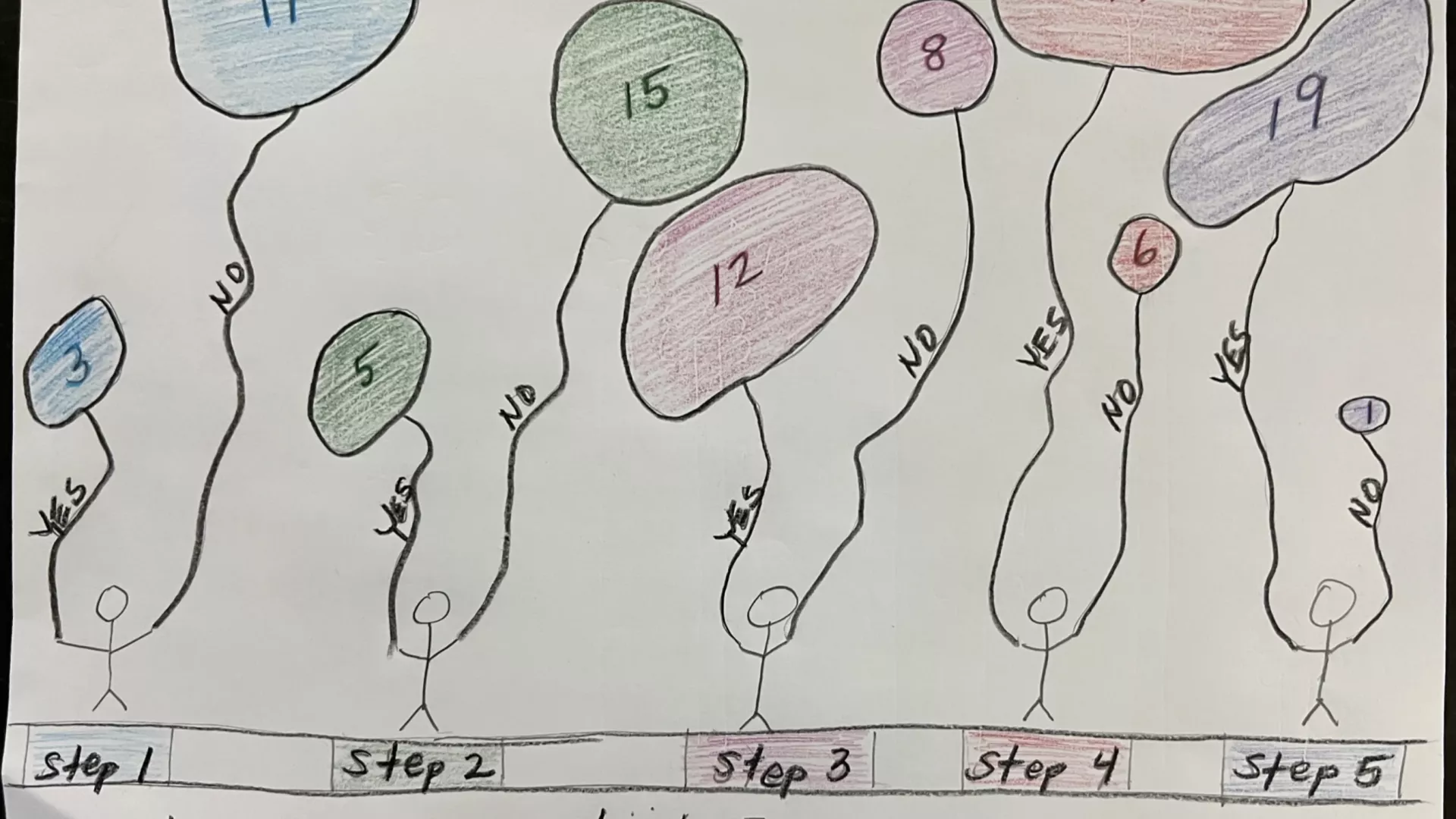The makeSPACE blog
CONGRATS TO OUR FIRST ADVANCED COHORT
A celebration of creative risk-takers
Risk required for makeSPACE Advanced Arts Integration Design course.

A courageous group of makeSPACE teachers has completed the Advanced Arts Integrated Design course. At times they flew blind, and yet they persisted. In other moments they slogged through messy ideation, navigating unfamiliar worlds of possibility and uncertainty. The design-based action research process requires curiosity. It demands resistance to premature closure and a commitment to risk-taking. It yields surprises. Each teacher has emerged from their experimentation with insights about why arts integration matters and how to do it well.
Marie-Louise Martinson, an ELL teacher, implemented 3-D sculpture with her 1st & 2nd grade students and watched the effect on their oral vocabulary and fluency. She describes her most memorable moment this way:
“My most memorable moment was towards the end of the water cycle unit. Two students arrived later; they are greeted with a very fluent and energetic explanation of the complete cycle by their classmates. Students were making models of clouds and rain and water droplets to explain the cycle. The room was filled with language and creative models used to explain all the aspects. I did not instigate this experience; the students were the ones who spontaneously initiated it. It was an amazing example of what I was trying to achieve.”
Puilan Cheng implemented weekly visual arts routines in her high school math class and tested the effects that had on students’ math anxiety and understanding of geometry concepts. She found this weekly focus on arts deepened relationships with students, gave them opportunities to learn from each other, reduced their stress, and supported their understanding of geometry.
The Advanced Arts Integration Design course is about facilitating deep and meaningful arts integration across modalities, content areas and grade levels. Music teacher Jessica Juday was curious about whether creative routines such as storytelling and sketching could increase her students’ retention of musical symbols. She observed increases in laughter, engagement, and students’ pride in their work.
Ultimately she found that, compared with drawing, storytelling was a more effective strategy for understanding and remembering musical symbols.
Naturally, embracing the action research process sometimes meant embracing failure. Not everything worked. In response to what she considered a failed attempt to increase students’ engagement with writing by using creative routines as “fidgets” to improve focus, Delana Heidrich began again. In the final months of school, she dove into a new question that had emerged for her:
“I am curious about whether the intentional and routine use of creative activities in the classroom over time will lead to a stronger, more authentic learning environment in which students demonstrate a joy in learning and creating. In other words, can creativity destroy apathy and create a joy for learning?”
Action research can be contagious (Why not do another round?). And, according to the results of Delana’s most recent investigation, creativity can be too. That data will be shared in an upcoming post. A new cohort of teachers will begin another round of action research in the Fall. In the meanwhile, enjoy these artifacts from the Advanced Arts Integration Design course.
Creative Data Visualization
Teachers produced creative data visualizations. This collection by Steve K. illustrates the effects of drawing routines on kindergarteners’ skill and confidence with writing letters.



